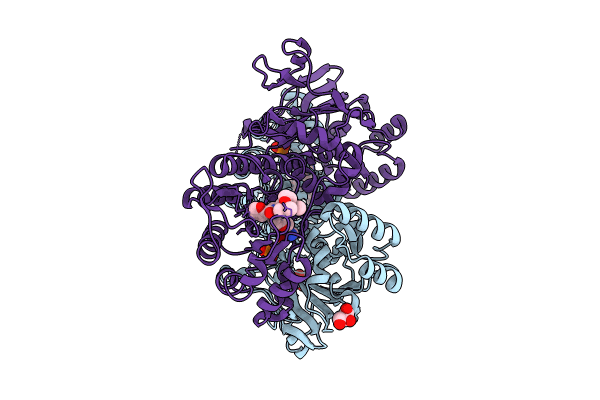
Deposition Date
2023-07-28
Release Date
2024-06-12
Last Version Date
2024-06-12
Entry Detail
PDB ID:
8TM7
Keywords:
Title:
Human NAMPT in complex with substrate NAM and small molecule activator NP-A3
Biological Source:
Source Organism:
Homo sapiens (Taxon ID: 9606)
Host Organism:
Method Details:
Experimental Method:
Resolution:
1.79 Å
R-Value Free:
0.19
R-Value Work:
0.17
R-Value Observed:
0.17
Space Group:
P 1 21 1


